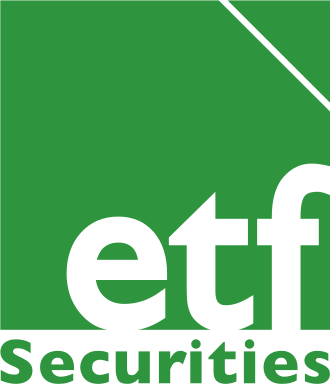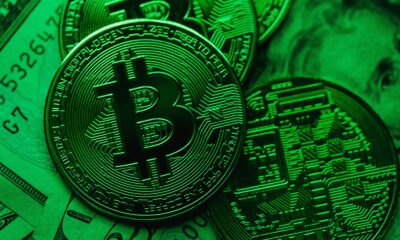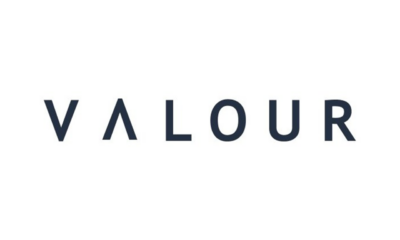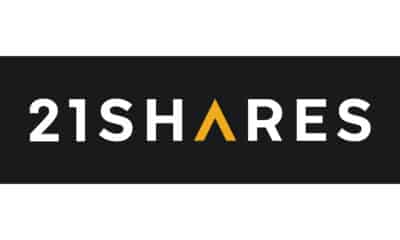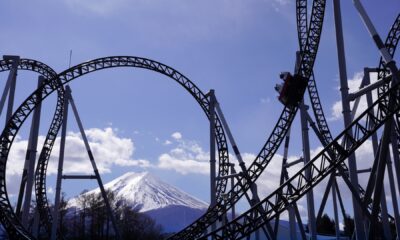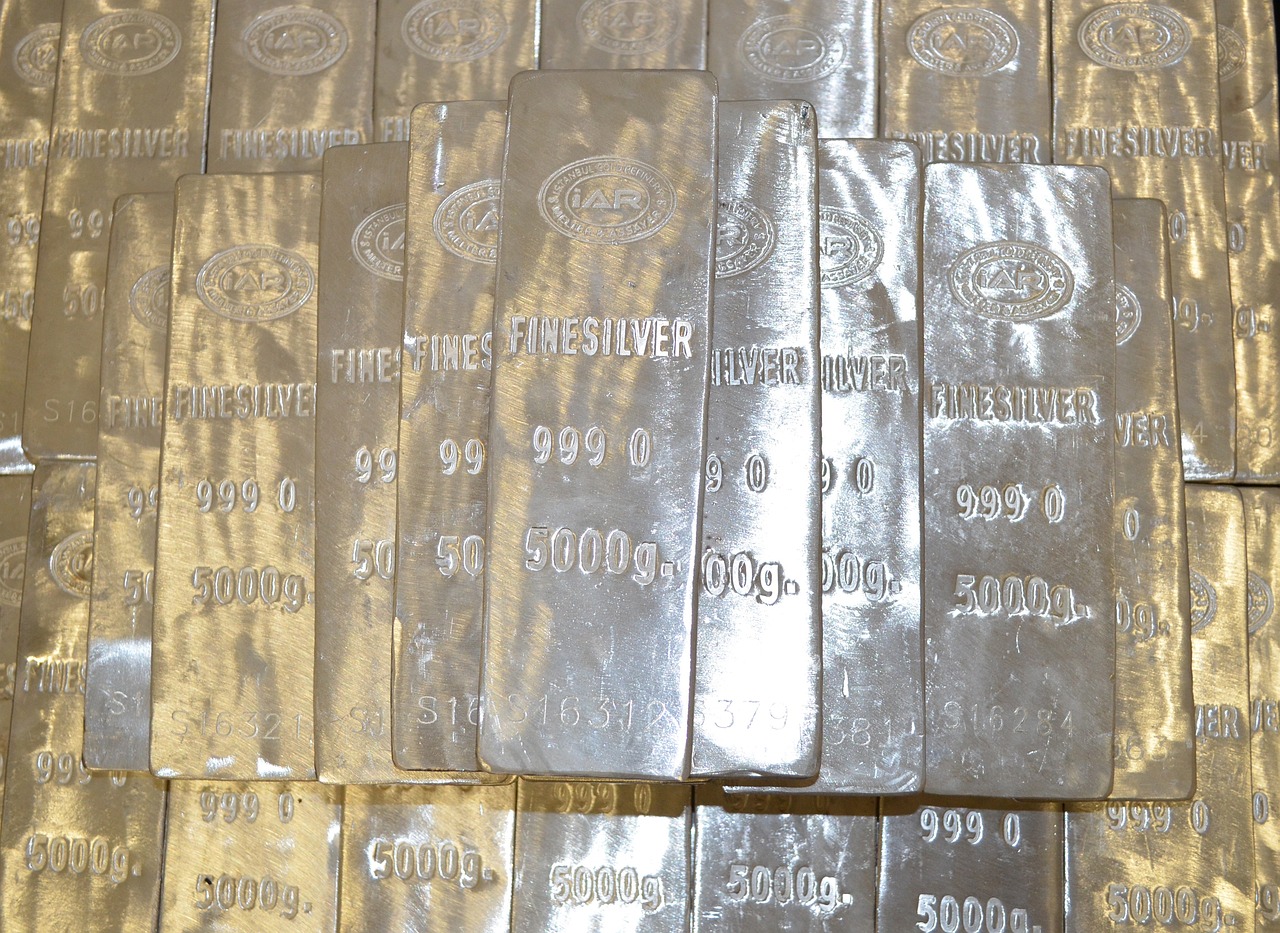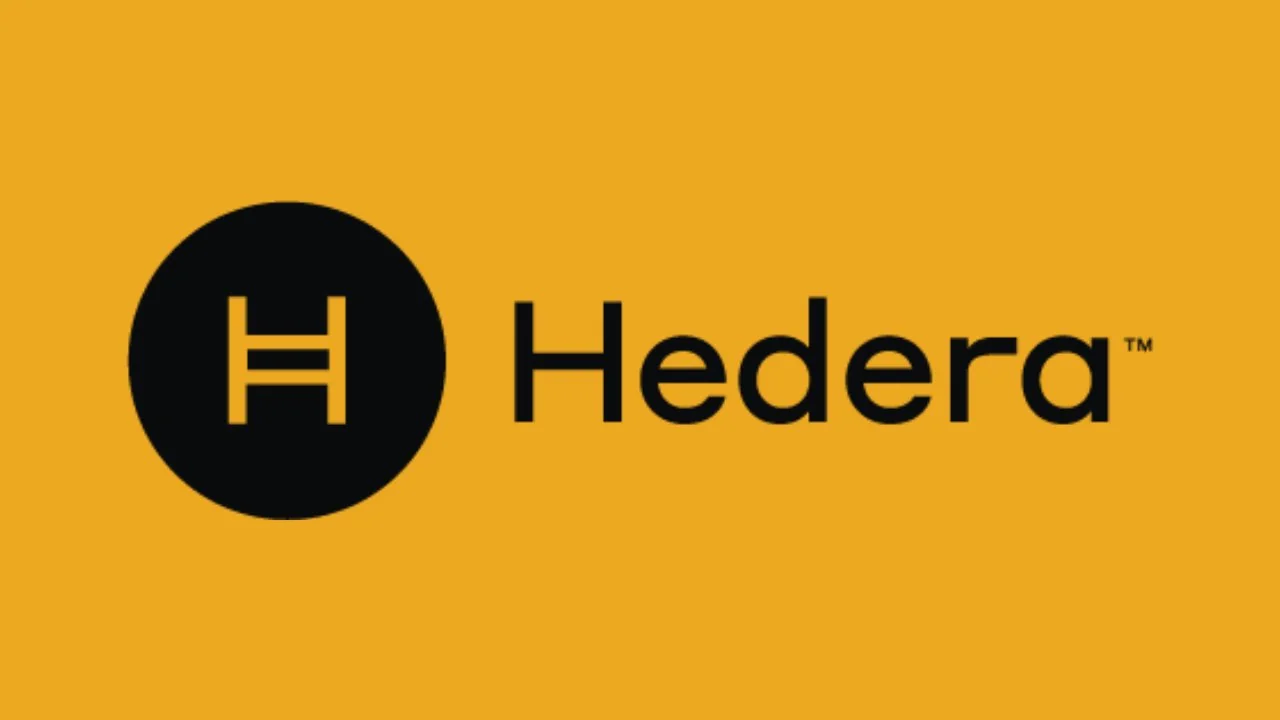Commodities have enjoyed a great start to 2018, from the low point mid-December they have rallied 6.5%, the performance has been broad-based too, driven not only by the Iran issues inflating the oil price but a rally in industrial/precious metals and agriculture. A mixed outlook for commodities in 2018.
We are wary of some who are interpreting this as being a positive sign for broad commodities this year. Commodities as an asset class are a very heterogeneous group and we expect varied performance from each. So to start the year we thought we would provide a brief summary of our views.
Gold
Although we expect the Fed to continue to tighten policy, we think the downside risks to gold prices are limited because real interest rates will remain depressed as inflation gains pace in the US. However, a shock event, such as an equity market correction, could force gold prices higher. On balance we see little change in gold prices in the coming year. Investors continue to be optimistic about gold despite the rising interest rate environment, we believe this is due to investors now seeing gold as an insurance policy from geopolitical concerns rather than investment.
Gold price Forecast
Most of the variation in gold price in our bull and bear cases (compared to our base case) comes from assumptions around investor positioning. Many measures of market volatility are currently subdued. However, several risks – both political and financial – exist. Sentiment towards gold could shift significantly depending on which of these views dominate market psyche.
In our bull case scenario, where we would see a more dovish Fed, gold could rise to US$1420. There are also numerous risks which can push demand for gold futures higher:
• Continued sabre-rattling between US/Japan/South Korea and North Korea;
• The proxy war between Saudi Arabia and Iran escalates;
• A disorderly unwind of credit in China;
• Italian policy paralysed by the inability to form a government after the election;
• Catalonian independence pushing Spain close to civil war
• A potential second general election in Germany; and
• Market volatility measures such as the VIX (equity), MOVE (bond) spike as yield-trades unwind
In our bear case, we assume the Fed delivers four rates hikes in 2018 as it tries to anchor inflation expectations. 10-year nominal Treasury yields rise to 3.3% by the end of the year, while the US dollar appreciates. By year-end inflation falls back to 1.6%. In this scenario we assume that the absence of any geopolitical risk or adverse financial market shock. In this scenario gold could fall to US$1110/oz by end of 2018.
Crude Oil
In 2018, US production will likely hit an all-time high, surpassing the cycle peak reached before the price war in 2014 and above the 10 million barrel mark last hit in 1970. There is little indication that the backwardation in futures curves is going to stop US production from expanding. Unless investors are constantly reminded of geopolitical risks, the price premium tends to evaporate within a matter of weeks.
Inventories have been declining across the OECD although we are unlikely to see the decline in inventories continue. US shale oil production can break-even at close to US$40/bbl. With WTI oil currently trading at US$60/bbl, there is plenty of headroom for profitability and we expect a strong expansion in supply.
Break even by play
In late 2017, OPEC and its 10 non-OPEC partners posted their best level of compliance with the production curb deal to date. We think that compliance in the extended deal announced end-November will fall short of expectations in 2018. Russia’s insistence on discussing an exit strategy and a review in June 2018 indicates that the patience of non-OPEC partners in the deal is wearing thin.
With the US expanding supply and OPEC likely to under deliver on its promise to consistently curb production, we expect the supply to grow. At the same time demand is unlikely to continue to grow at the current pace, with prices having gained 33% over the past year.
We expect the oil price to remain in a range from US$45 to US$60/bbl for 2018, although a significant geopolitical upset in the Middle East could cause temporary price spikes.
Industrial Metals
We expect the star performer for 2018 to be industrial metals. They are likely to benefit the most from improving EM growth, at the same time we expect supply to remain in deficit in 2018 as the lack of investment in mining infrastructure continues to bite.
Emerging market (EM) demand is crucial for commodity markets as they represent 70% of industrial metals demand. In this respect, we expect any weakness in commodity prices to be largely offset by solid demand growth, again led by China. Although concerns remain over the build-up of debt, Chinese policymakers have continued to show a willingness to support the financial system with stimulus to ease financial conditions.
Since industrial metal prices began to fall in 2011, capital expenditure by miners collapsed. In mid-2017 capital expenditure by the largest 100 mines was 60% lower than in mid-2013. Given the long lag times behind investment and completion of mines, we don’t expect the tightness of mine supply to reverse any time soon.
Miners have been cautious to increase spending as they wait for the price recovery to prove sustainable. Historically we have seen about a year-long lag between a recovery in price and a recovery in capital spending. It is likely in 2018, as commodity prices continue to rise, that we see capital expenditure growth turn positive, although the damage of 4 years of lack of investment in to mining infrastructure has already occurred and is why industrial metals remain in a supply deficit.
Miners margin vs Supply/Demand
Historically we have found that metal markets begin to move towards a balance two years after miner profit margins hit rock-bottom. Miner margins fell to a low of 2% at the beginning of 2016 and since have recovered to just over 7%. So if we see a repeat of historical patterns, we should see supply begin to improve in late 2018, but it could take years to move back into balance.
James Butterfill, Head of Research & Investment Strategy at ETF Securities
James Butterfill joined ETF Securities as Head of Research & Investment Strategy in 2015. James is responsible for leading the strategic direction of the global research team, ensuring that clients receive up-to-date, expert insight into global macroeconomic and asset class specific developments.
James has a wealth of experience in strategy, economics and asset allocation gained at HSBC and most recently in his role as Multi- Asset Fund Manager and Global Equity Strategist at Coutts. James holds a Bachelor of Engineering from the University of Exeter and an MSc in Geophysics from Keele University.

 Nyheter3 veckor sedan
Nyheter3 veckor sedan
 Nyheter4 veckor sedan
Nyheter4 veckor sedan
 Nyheter3 veckor sedan
Nyheter3 veckor sedan
 Nyheter3 veckor sedan
Nyheter3 veckor sedan
 Nyheter4 veckor sedan
Nyheter4 veckor sedan
 Nyheter2 veckor sedan
Nyheter2 veckor sedan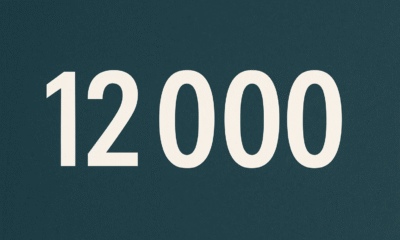
 Nyheter2 veckor sedan
Nyheter2 veckor sedan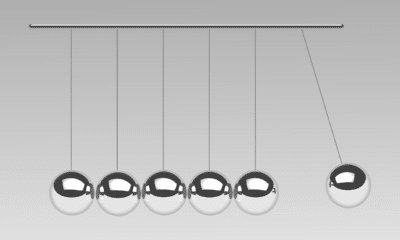
 Nyheter2 veckor sedan
Nyheter2 veckor sedan
